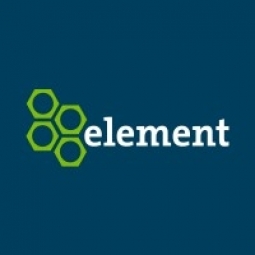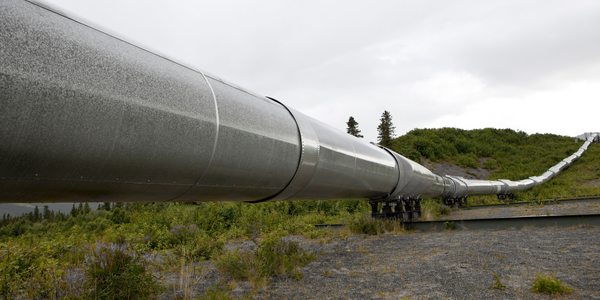Customer Company Size
Large Corporate
Region
- America
Country
- United States
Product
- Element’s Xplore tool
Tech Stack
- Business Intelligence
Implementation Scale
- Enterprise-wide Deployment
Impact Metrics
- Cost Savings
Technology Category
- Analytics & Modeling - Big Data Analytics
Applicable Industries
- Oil & Gas
Applicable Functions
- Logistics & Transportation
Use Cases
- Fleet Management
Services
- Data Science Services
About The Customer
The customer is a leading oil and gas pipeline company with a total fleet size of 8,000, 86% of which are light trucks. The company utilizes various services including accident, financing, fuel, and maintenance. The company had set an initiative to cut costs by 1 cent per mile within its department. The cost-saving measures had to be reasonable to implement and not hinder current business processes.
The Challenge
A director at a leading oil and gas pipeline company set an initiative to cut costs by 1 cent per mile within his department. The cost-saving measures had to be reasonable to implement and not hinder current business processes. The company needed to find a way to analyze their enormous amount of fleet data to uncover potential savings opportunities and recommend a course of action to achieve the desired results.
The Solution
Element Fleet Management conducted a series of collaborative sessions with the company’s fleet manager to uncover potential savings opportunities and recommend a course of action to achieve the desired results. During these sessions, they used the dynamic capabilities of Element’s Xplore tool to filter through the enormous amount of fleet data and analyze the customer’s real-time data. These collaborative sessions took advantage of Strategic Consulting’s expertise in best practices and the fleet manager’s internal knowledge of the fleet to produce actionable recommendations. They recommended the customer eliminate specific underutilized vehicles that did not serve business needs. They also recommended the customer promote use of National Accounts specifically for tire purchases and oil changes to take advantage of lower costs, as well as take advantage of CNG capabilities in existing vehicles to lower fuel costs.
Operational Impact
Quantitative Benefit

Case Study missing?
Start adding your own!
Register with your work email and create a new case study profile for your business.
Related Case Studies.

Case Study
Taking Oil and Gas Exploration to the Next Level
DownUnder GeoSolutions (DUG) wanted to increase computing performance by 5 to 10 times to improve seismic processing. The solution must build on current architecture software investments without sacrificing existing software and scale computing without scaling IT infrastructure costs.

Case Study
Remote Wellhead Monitoring
Each wellhead was equipped with various sensors and meters that needed to be monitored and controlled from a central HMI, often miles away from the assets in the field. Redundant solar and wind generators were installed at each wellhead to support the electrical needs of the pumpstations, temperature meters, cameras, and cellular modules. In addition to asset management and remote control capabilities, data logging for remote surveillance and alarm notifications was a key demand from the customer. Terra Ferma’s solution needed to be power efficient, reliable, and capable of supporting high-bandwidth data-feeds. They needed a multi-link cellular connection to a central server that sustained reliable and redundant monitoring and control of flow meters, temperature sensors, power supply, and event-logging; including video and image files. This open-standard network needed to interface with the existing SCADA and proprietary network management software.

Case Study
Refinery Saves Over $700,000 with Smart Wireless
One of the largest petroleum refineries in the world is equipped to refine various types of crude oil and manufacture various grades of fuel from motor gasoline to Aviation Turbine Fuel. Due to wear and tear, eight hydrogen valves in each refinery were leaking, and each cost $1800 per ton of hydrogen vented. The plant also had leakage on nearly 30 flare control hydrocarbon valves. The refinery wanted a continuous, online monitoring system that could catch leaks early, minimize hydrogen and hydrocarbon production losses, and improve safety for maintenance.










